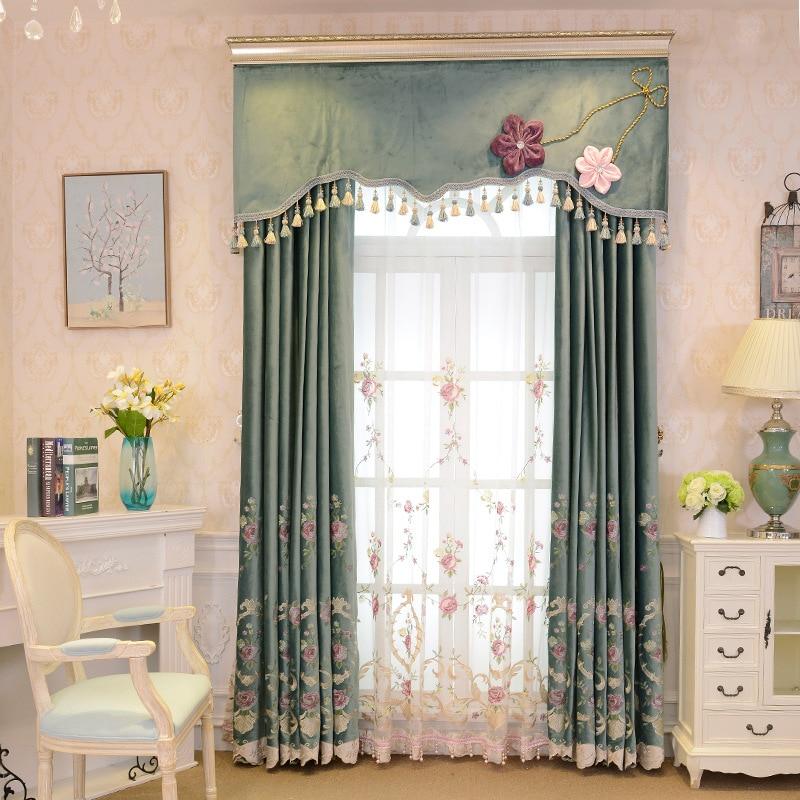While most people consider valances are out of style and fashion, many people are using valances. It shows that the window highlight is alive and infused in all spaces with a dose of softness, elegance, and charm. No one knew that the valances could serve the brass fixture as the ultimate comeback artist.
What is a Valance?
A valance is a window treatment installed at the top of the window. Often people use terms like a topper or top treatment or refer to a valance. You can use the valances alone on a window, or you can combine them with draperies, shades, and blinds as parts of layered window treatments. You can avail yourself of the valance in minimalist looks, pleated or ruffled looks. The swag, cascade, balloon, and layer with styles ranging from the traditional country look to made
History of Window Valances
During the Victorian era, window valances came into existence, spanning the mid to late 1800s. Victorian homes are all about lavishness. One could find ornate patterns and flourishes, heavy tapestries, rich wall coverings, and dramatic window treatments like the popular home decorations during the era.
Wild draperies and curtains insulated the rooms in the winters, cooled them during the summers, and played a significant role in offering privacy from prying eyes; valances remained primarily as an aesthetic feature that concealed unaesthetic views of hardware and drilled holes present at the top of the windows.
However, over time, pole started avoiding the use of valances stating that it had gone out of style and frumpy. Many designers associate them with white, lacy, ruffled affairs that one could see on Grandma’s windows. Some even associate the valances to the shapeless, low-quality, garishly patterned versions that gave these window treatments bad names during the 70s and continued to the 90s.
Installing of Valances
Most people install valances using a rod pocket. You can use a decorative curtain rod that would be about half the size of the diameter or slightly less. If you choose a rod pocket measuring three inches, the diameter of the curtain rod would ideally measure between 1.5 and 8 inches; however, the rod does not measure less than an inch. Usually, people refer to the thick curtain rod as the drapery rod or drapery poll.
Despite their name, these rods are perfect for installing draperies and valances. Other rod pocket valances tend to hide the drapery hardware. With the valances, people usually use a white, flat curtain rod with brackets on their sides, often termed as continental rods. When you install your valances, you will not see any of the drapery hardware. Furthermore, as the valance wraps around the brackets, it looks quite attractive from the sides.
Ways to Layer Valances
You can use valances as a type of window treatment, or you can use them with draperies, blinds, and shades in the form of layers. However, it is essential to determine whether you would go for an outside mount or an inside mount before installing valances. Simply speaking, you can install valances in two ways- you can install them on the wall above the window and install valance between the studs inside the window frame.
Most people go for an outside mount, especially if you own the board-mounted and elaborate ones. The inside-mounted valances are usually simples and require less fabric. If you want to create a room with a modern design, choosing the outside-mounted valances is the best choice.
Are Valances Going Out of Style?
No, valances never went our style and will never go even in the future. Valances add a touch to your windows that you do not desire to cover or leave bare completely. Bare windows never look good. Instead, they offer a cold and uninviting look, and adding a window dressing such as a valance makes your room warm and homey. The aura valances offer to your room are unique and can never go out of style.








